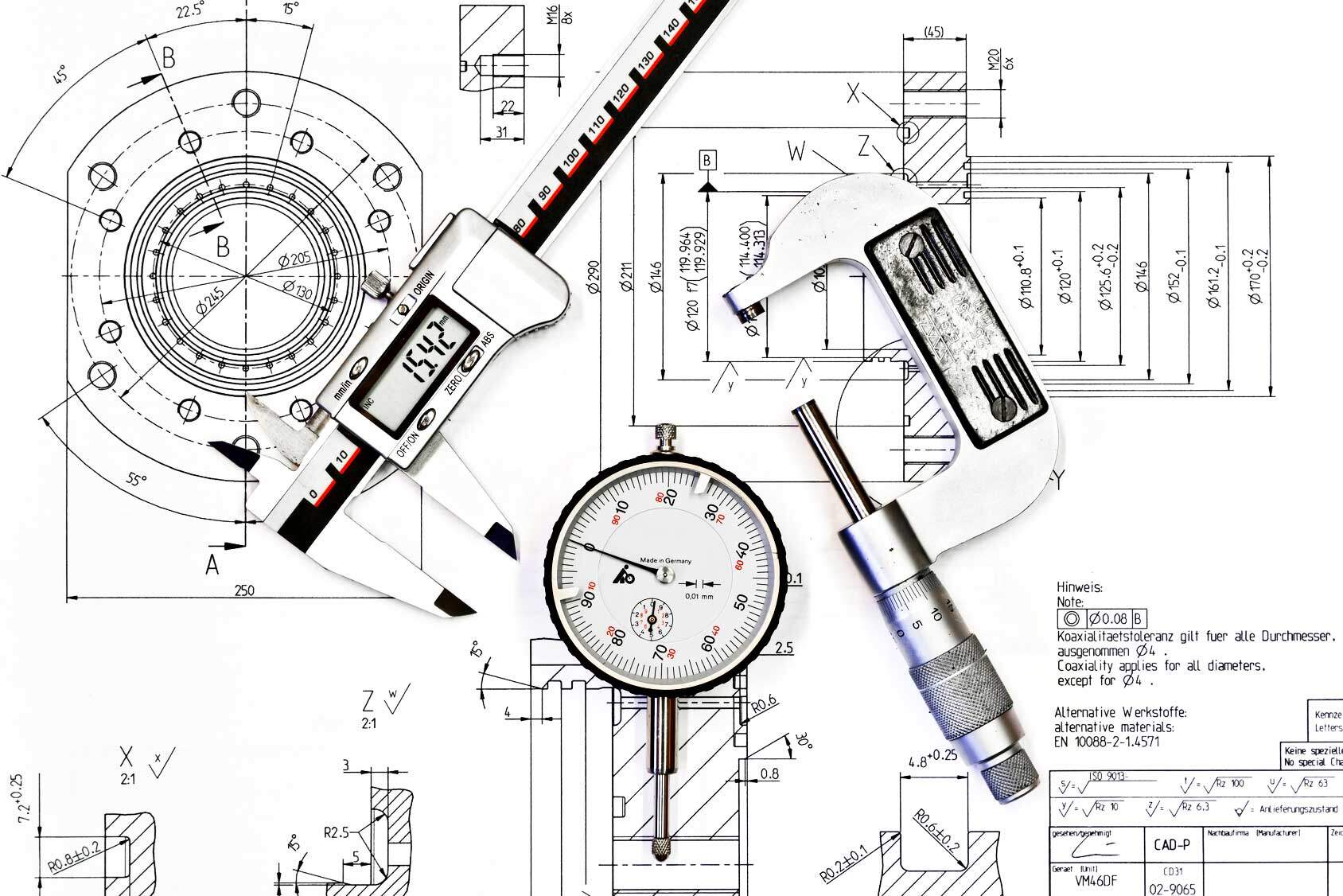Continual Quality Monitoring
Establishing a culture of trust in our processes…
An old Westphalian saying claims that “Trust is good – control is better.”
In practice, the more production oversight a company has, the better they can control the quality of their products – and the more trust can be placed in the results. According to the DIN EN ISO 8402 standard, the term “quality management and assurance” encompasses any and all planned, systematic activities which are implemented within a system in order to ensure that quality requirements are being met – and in order to create trust in that system by doing so.
Continual quality assurance procedures conducted parallel to the production process are a crucial aspect of such a system. Every defect or imperfection in the function or the material composition of a part is vexing – and usually has far-reaching consequences along the entire chain of production. The cause of such disturbances is usually found at one single step of the process. It is therefore of paramount importance to locate the source of production errors as rapidly as possible and to take counter-measures. Preventive quality control which accompanies each step of the production process helps to avoid additional production or processing steps of initial or semi-finished products; it is also a means of identifying neuralgic points in the further course of production.


We process only pure base materials
Quality management and assurance begins right at the start of the production chain, with checking the shipments of raw materials we receive. We process only pure base materials (bentonite, casting risers, pig iron, sorted iron scraps, high-quality punchings, or other pure scraps or chips, to name a few) at one time, as well as carrying out continual testing procedures (such as analyses of the molten metal and our foundry ladles, or a spectral analysis to check the quality of the final product), both during and after the production process. By doing so, we are able to guarantee that our products are of optimum quality.
9 Options of Quality Tests
Our Quality Assurance department supervises production using testing specifications, oversight of tests and results, and formal documentation; this covers a range of testing procedures, including:
1. (Chemical) Spectral Analysis
2. Hardness Testing
3. Measurement of Tensile Strength
4. Toughness and Impact Strength
5. Structural Analysis
6. Ultrasonic Testing
7. Magnetic Particle Inspection
8. Dye Penetrant Investigation
9. Digital Metrology
We see our consistent focus on achieving the highest possible levels of quality and customer satisfaction as standing us in good stead for the future. Our quality management and assurance systems are active before, during, and after production. With company-standard documentation for descriptions of each QA process, instructions, quality control documentation, and process specifications for more detailed procedures, we are confident that we can ensure a high level of product and process quality across the spectrum of our products and services.